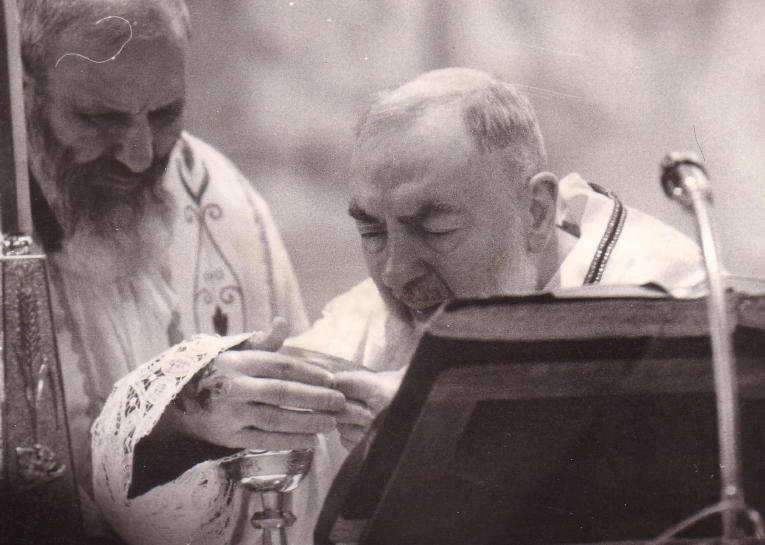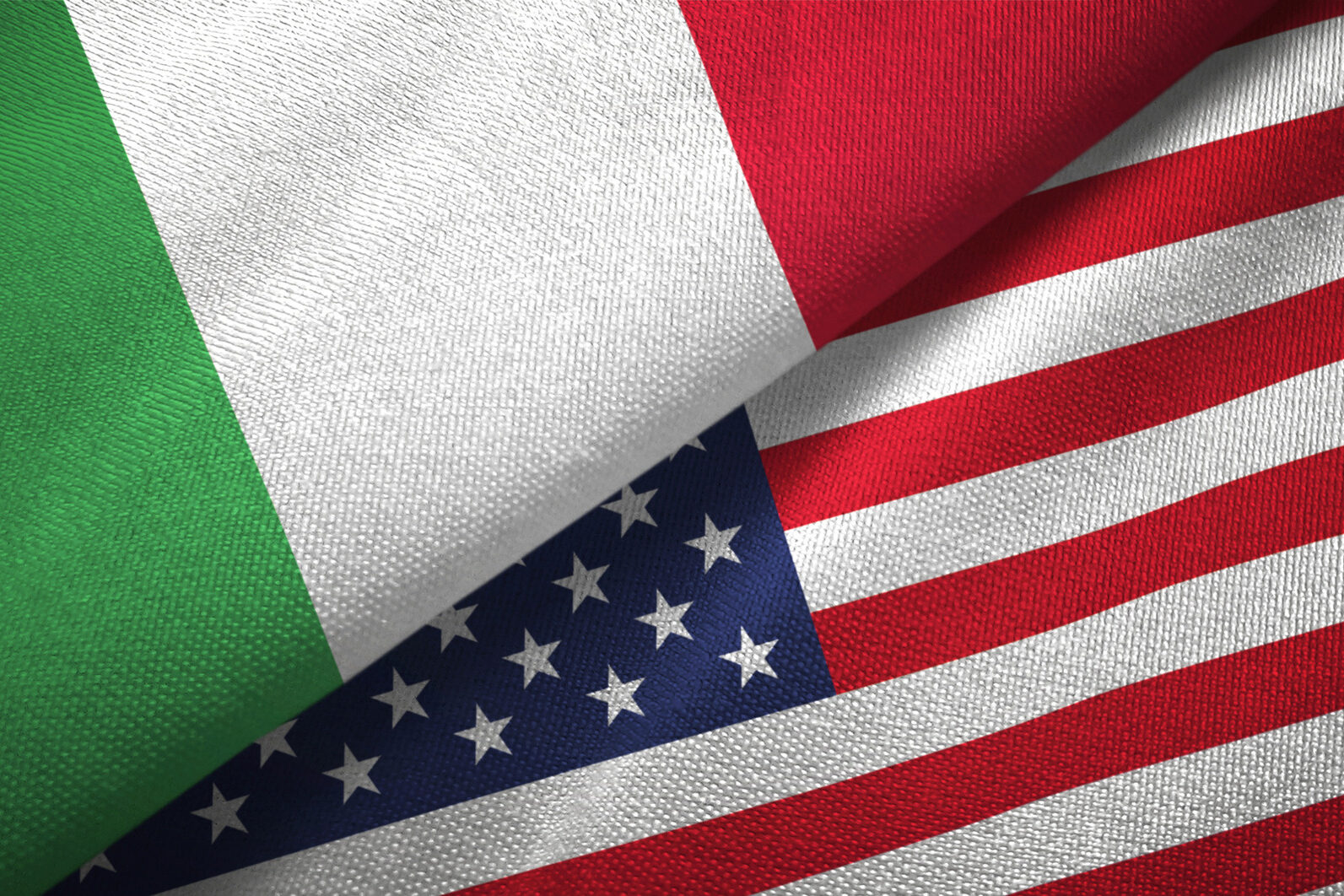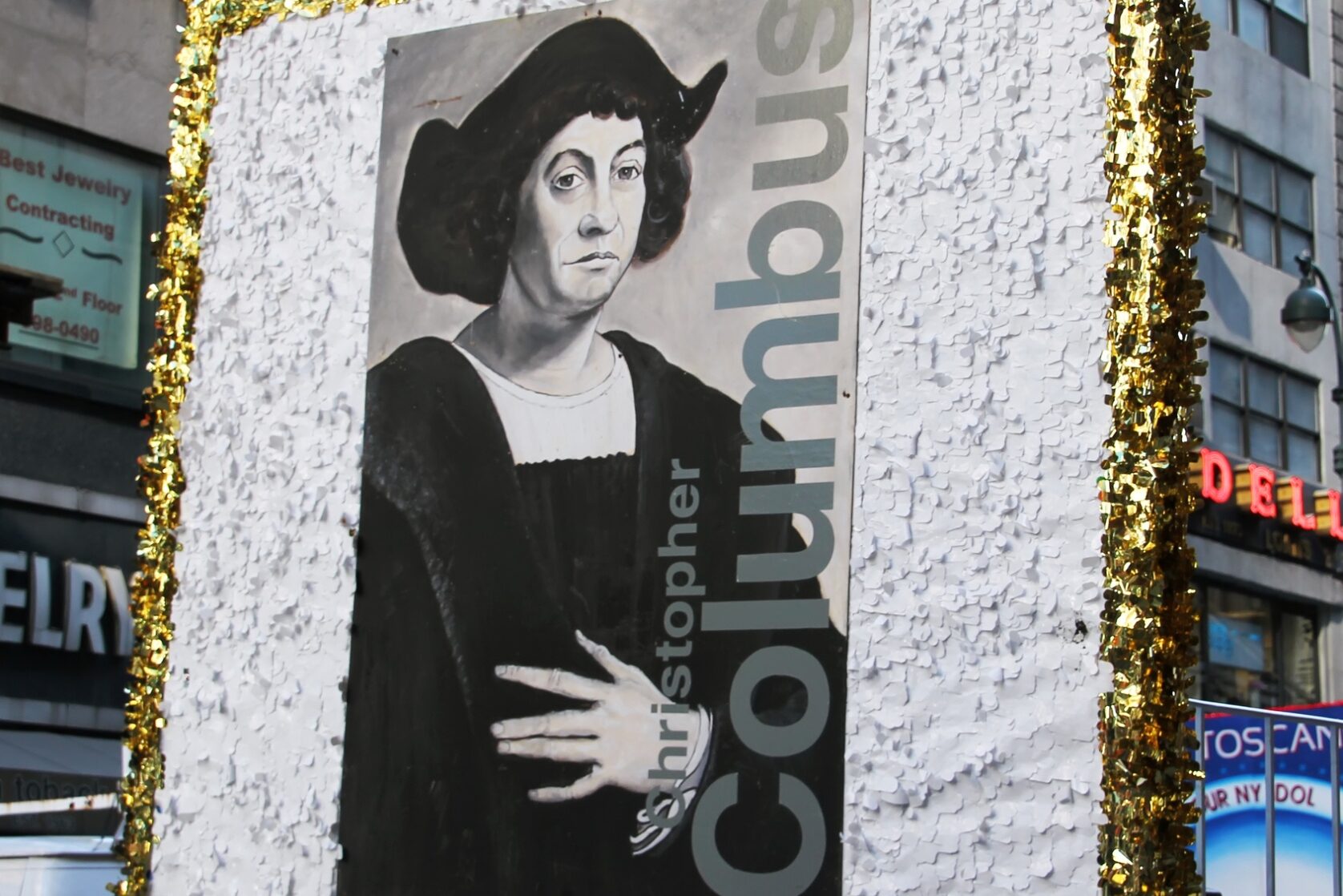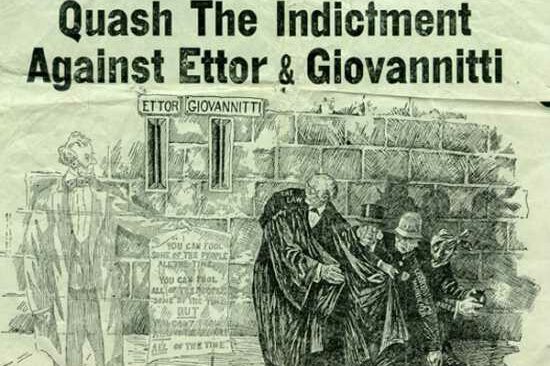Dear Readers,
A June “minestrone” of Italian connections for you!
“Grazie” to Tony Ghezzo, who has been a font of information on all things Italian for over thirty years.
**
La Festa della Repubblica commemorates the day of June 2, 1946, when the people of Italy, in a referendum, chose the republican form of government over monarchy. After enduring five years of bloody war (1940-1945) that included daily bombings and strafings for many cities, (and after surviving twenty-three years of Fascism combined with monarchy) Italians were starving for a peaceful and serene future, a democratic government and freedom.
**
On June 2, 1946, when WWII was finally over and Fascism had been defeated and eradicated, the nation went to the polls to cast its vote and send a clear message to the royal family: Italians did not appreciate being abandoned at the mercy of the Nazis occupation army. Indeed, they had not forgotten how, three years earlier, King Victor Emmanuel III had cowardly abandoned them: during the night of September 8, 1943, the king had fled Rome with his general staff and premier Pietro Badoglio, leaving the capital in chaos, undefended and, most of all, leaving the whole Italian Army without any instructions whatsoever. This caused the Army collapse in Central and Northern Italy, and the consequent occupation of the country by German troops.
But above all, the Italians could not forget that, for twenty-three years, the king had arbitrarily approved and supported Mussolini’s take over, condoning the fascist bullies’ abusive behavior and violence.
Today, the Italians who lived under Fascism appreciate tremendously being in a peaceful, free and democratic country. That is why Republic Day means so much to all Italians in good faith.
**
Father’s Day is Sunday, June 18 this year. In Italy, though, it is usually observed on March 19, la festa di San Giuseppe.
**
Padre Pio (1887-1968), who is today a Saint, was canonized in Rome on June 16, 2002. He is literally a saint for our times because unlike many saints who “did their thing” hundreds of years ago, Padre Pio lived most of his life in the 20th century, in San Giovanni Rotondo (near Foggia, in Apulia). This means there are parents, grandparents, friends, co-workers, old army buddies, relatives and readers of our L’Italo Americano newspaper who have actually seen, met or talked with Padre Pio.
Many non-Italians met Padre Pio when they served in the US military air bases near Bari, Apulia. My friend Marilyn Patterson of Findlay, Ohio, once sent me a clipping from the Toledo Ohio Blade about a local man who saw Padre Pio say Mass in Italy, in 1944. Here are a few excerpts:
The church was already filled. We tried around back and, thanks to Mr. Billmaier’s buddy, who spoke Italian, we were unexpectedly ushered inside and told to kneel at the altar steps. When it came time for Padre Pio to wash his hands in preparation for communion, the two servicemen were directed to hand the priest a set of cruets containing water and wine, and to hold a bowl so that water could be poured over his fingers.
For the entire Mass, they could observe the priest at close range. At the prayers of consecration preceding communion, Mr. Billmaier said a pair of black, fingerless gloves were removed from Padre Pio’s hands. Under each was a white, fingerless mitten, which was also removed. During prayers, blood began to ooze from wounds in the priest’s hands. “A priest assisting him had a bowl with cotton in it and, every so often, he would daub at the wounds,” Mr. Billmaier recalled.
After the Mass, about one hundred and fifty people lined up to have him hear their confessions. While Mr. Billmaier and his friend were looking on, an old man came out of the confessional with Padre Pio following him: “He was telling him he didn’t confess all his sins, and he’d better go back in.”
After Mr. Billmaier’s visit to San Giovanni Rotondo, he became a believer in what he had seen and began reading more about the popular Italian priest. He also recalls smelling a sweet scent when he was at Padre Pio’s Mass, many years ago: “I thought someone in the group had perfume on, but during the prayers of consecration, the fragrance became most intense.”
As a deacon at St. Michael’s Church in Findlay, Mr. Billmaier talked, from time to time, about Padre Pio, and his own personal experience with the Italian holy man.
There is now a Padre Pio prayer group in the Toledo Diocese, which meets monthly at the St. Bernardine home in Fremont, Ohio.
Cari lettori,
Per giugno un “minestrone” di Italian connections per voi!
“Grazie” a Tony Ghezzo, da oltre trent’anni fonte di informazioni su tutto ciò che è italiano.
**
La Festa della Repubblica commemora il giorno del 2 giugno 1946, quando il popolo italiano, in un referendum, scelse la forma di governo repubblicana rispetto alla monarchia. Dopo aver sopportato cinque anni di sanguinosa guerra (1940-1945) che includeva bombardamenti e mitragliamenti quotidiani per molte città, (e dopo essere sopravvissuta a ventitré anni di fascismo combinato con la monarchia) gli italiani erano affamati di un futuro pacifico e sereno, un governo democratico e di libertà.
**
Il 2 giugno 1946, quando la seconda guerra mondiale era finalmente finita e il fascismo era stato sconfitto e sradicato, la nazione si recò alle urne per votare e lanciare un chiaro messaggio alla famiglia reale: gli italiani non avevano apprezzato di essere stati abbandonati in balia dell’esercito di occupazione nazista. Non avevano infatti dimenticato che, tre anni prima, il re Vittorio Emanuele III li aveva vigliaccamente abbandonati: nella notte dell’8 settembre 1943, il re era fuggito da Roma con il suo Stato Maggiore e il premier Pietro Badoglio, lasciando la capitale nel caos, indifesa e, soprattutto, lasciando l’intero Esercito Italiano senza alcuna istruzione. Ciò causò il crollo dell’Esercito nell’Italia centro-settentrionale e la conseguente occupazione del Paese da parte delle truppe tedesche.
Ma soprattutto, gli italiani non potevano dimenticare che, per ventitré anni, il re aveva arbitrariamente approvato e sostenuto la presa del potere da parte di Mussolini, condonando le prepotenze e le violenze dei prepotenti fascisti.
Oggi gli italiani che vissero sotto il fascismo apprezzano enormemente l’essere in un Paese pacifico, libero e democratico. Ecco perché la Festa della Repubblica significa tanto per tutti gli italiani in buona fede.
**
Quest’anno la festa del papà è domenica 18 giugno. In Italia, però, si festeggia il 19 marzo, festa di San Giuseppe.
**
Padre Pio (1887-1968), che oggi è Santo, è stato canonizzato a Roma il 16 giugno 2002. È letteralmente un santo dei nostri tempi perché a differenza di tanti santi che “hanno fatto il loro dovere” centinaia di anni fa, Padre Pio ha vissuto la maggior parte della sua vita nel XX secolo, a San Giovanni Rotondo (vicino a Foggia, in Puglia). Significa che ci sono genitori, nonni, amici, colleghi di lavoro, vecchi commilitoni, parenti e lettori del nostro giornale L’Italo Americano che hanno visto, incontrato o parlato con Padre Pio.
Molti non italiani hanno incontrato Padre Pio quando prestarono servizio nelle basi aeree militari statunitensi vicino a Bari, in Puglia. La mia amica Marilyn Patterson di Findlay, Ohio, una volta mi mandò un ritaglio dal Toledo Ohio Blade su un uomo del posto che vide Padre Pio dire messa in Italia, nel 1944. Ecco alcuni estratti:
La chiesa era già piena. Abbiamo provato sul retro e, grazie all’amico del signor Billmaier, che parlava italiano, siamo stati inaspettatamente introdotti all’interno e ci è stato detto di inginocchiarci sui gradini dell’altare. Quando arrivò il momento per Padre Pio di lavarsi le mani in preparazione alla comunione, i due militari furono istruiti a consegnare al sacerdote un servizio di ampolline contenenti acqua e vino, e a tenere una ciotola in modo che l’acqua potesse essere versata sulle sue dita.
Per tutta la messa hanno potuto osservare il sacerdote da vicino. Durante le preghiere di consacrazione che precedono la comunione, il signor Billmaier ha detto che un paio di guanti neri senza dita erano stati tolti dalle mani di Padre Pio. Sotto ciascuno c’era un guanto bianco senza dita, anch’esso poi tolto. Durante le preghiere, il sangue ha cominciato a colare dalle ferite nelle mani del sacerdote. “Un prete che lo assisteva aveva una ciotola con dentro del cotone e, ogni tanto, strofinava le ferite”, ha ricordato il signor Billmaier.
Dopo la messa, circa centocinquanta persone si sono messe in fila per farsi confessare. Mentre il signor Billmaier e il suo amico stavano a guardare, dal confessionale uscì un vecchio con Padre Pio che lo seguiva: “Gli diceva che non gli aveva confessato tutti i suoi peccati, ed era meglio che rientrasse nel confessionale”.
Dopo la visita a San Giovanni Rotondo, il signor Billmaier divenne un credente di ciò che aveva visto e iniziò a leggere di più sul popolare prete italiano. Ricorda anche di aver sentito un profumo dolce quando era alla messa di Padre Pio, molti anni fa: “Pensavo che qualcuno nel gruppo avesse il profumo, ma durante le preghiere di consacrazione, la fragranza divenne più intensa”.
Da diacono nella chiesa di St. Michael a Findlay, il signor Billmaier parlava, di tanto in tanto, di Padre Pio e della sua esperienza personale con il sant’uomo italiano.
Ora c’è un gruppo di preghiera di Padre Pio nella diocesi di Toledo, che si riunisce mensilmente nella casa di San Bernardino a Fremont, Ohio.































